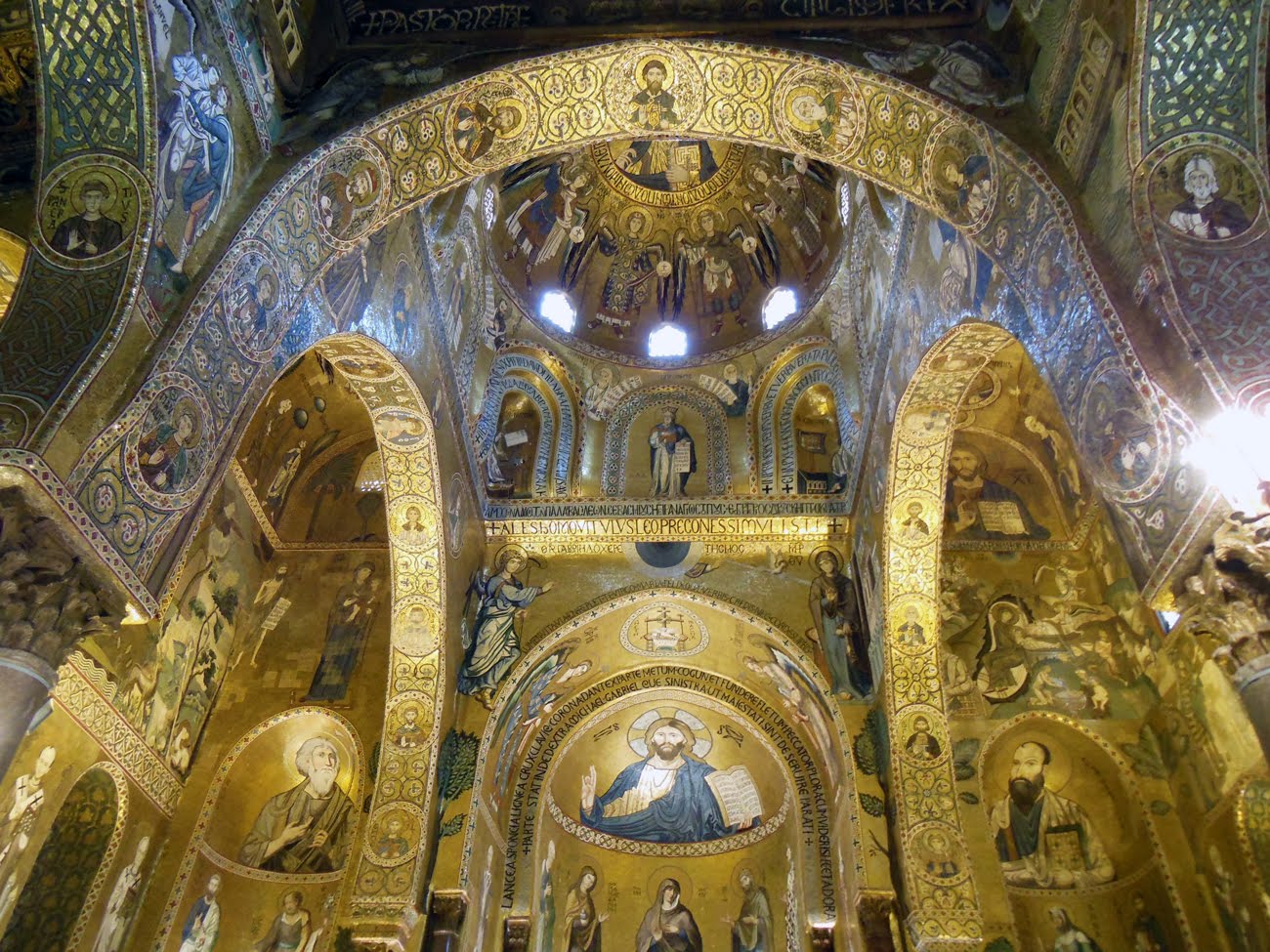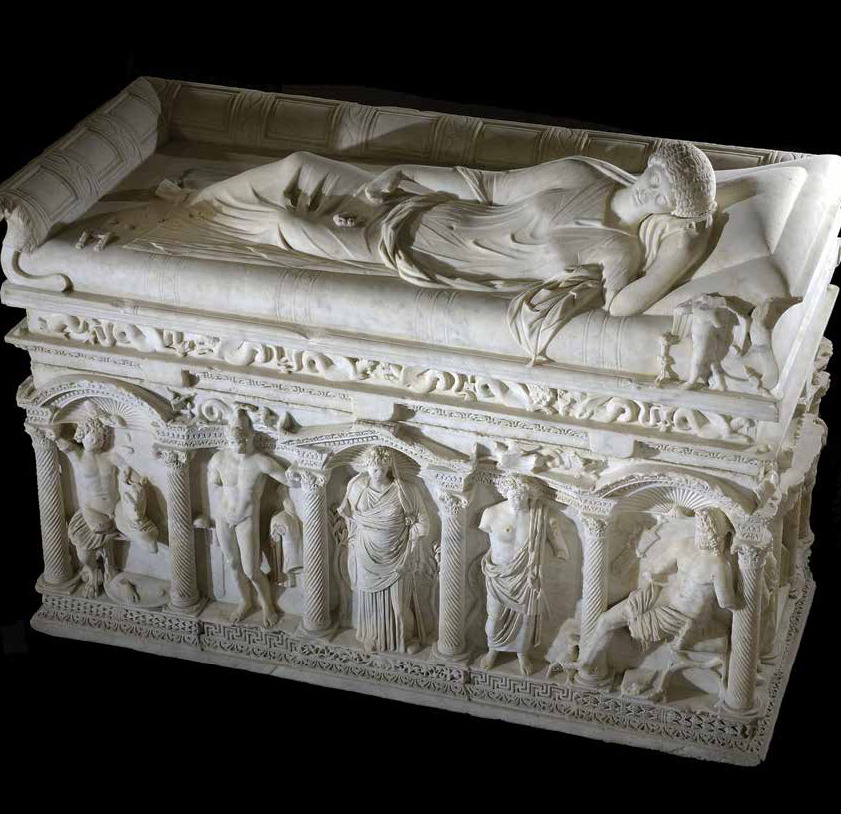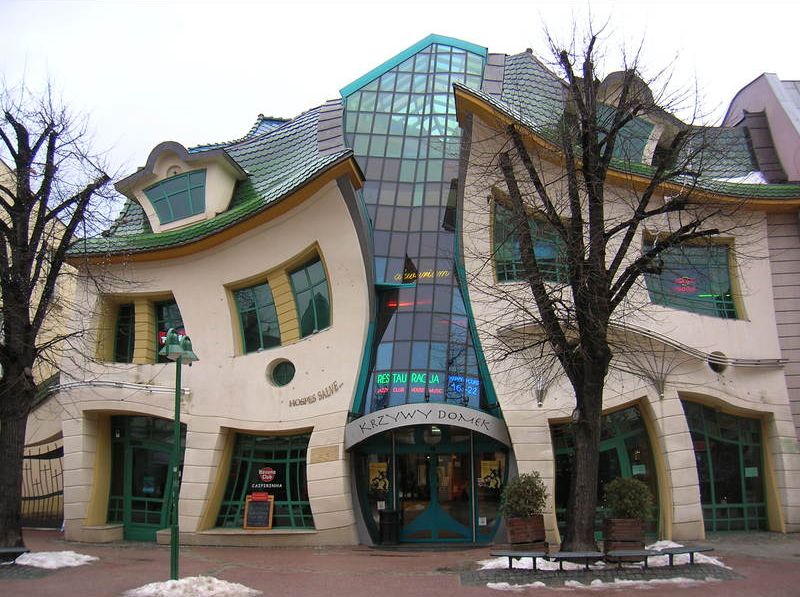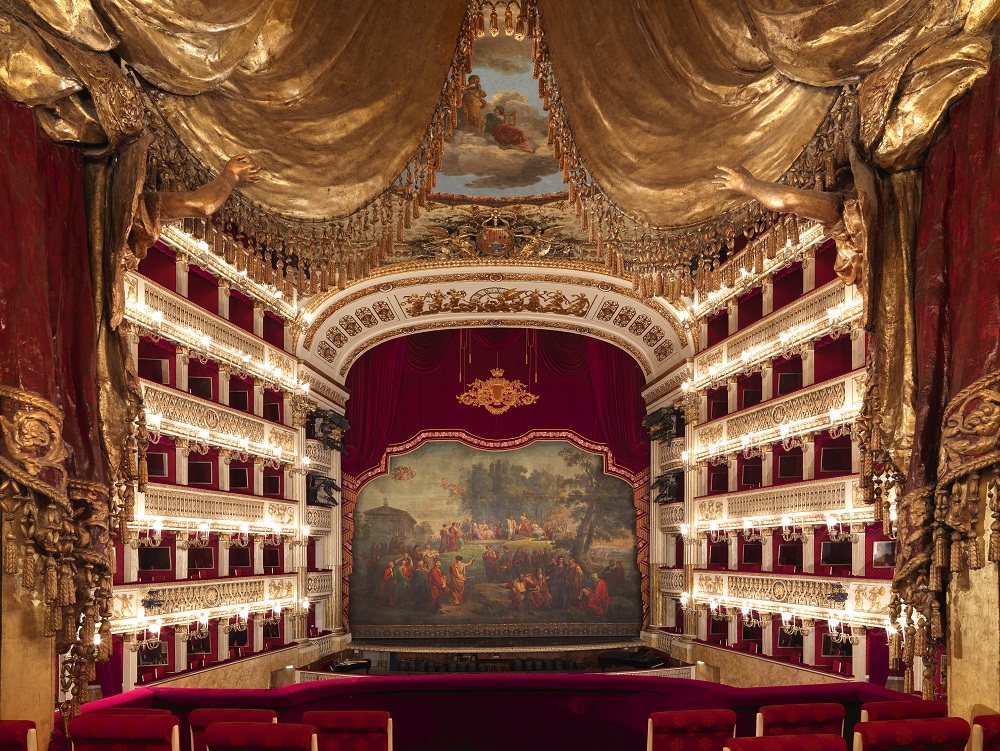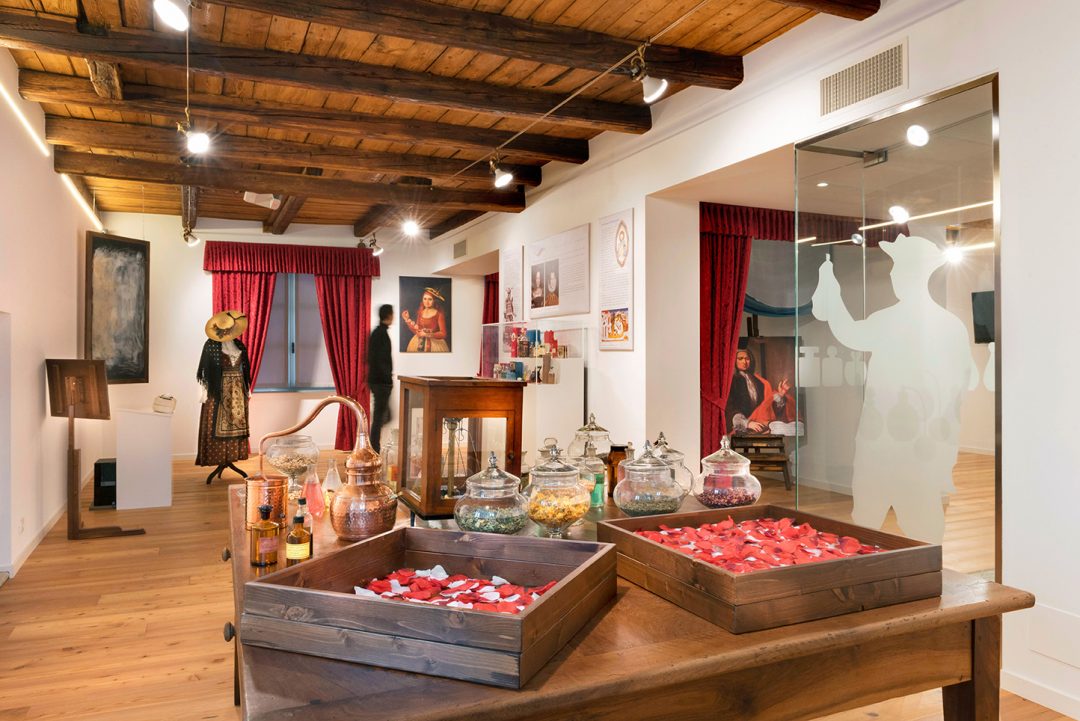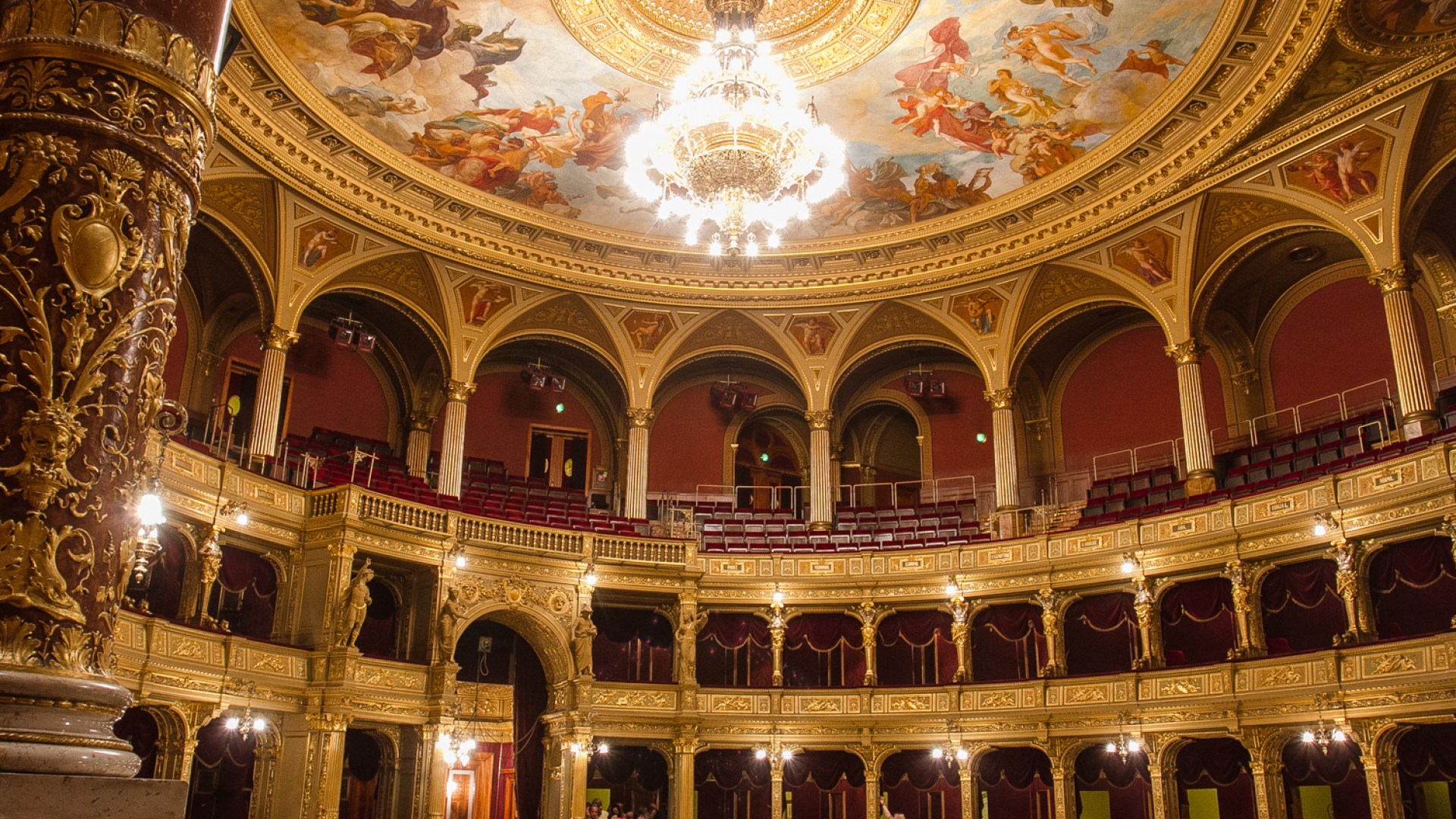Piazza di Spagna is one of the most famous squares in the world, as well as one of the most monumental and scenic urban complexes in Rome.
nitially named after the Trinity, from the church that dominates it, it was later called Piazza di Spagna in reference to the Spanish ambassador’s residence located here.
At the center of the square is the fountain of the Barcaccia, dated 1629, by Pietro Bernini(father of GianLorenzo, who collaborated on the work). It was made in commemoration of the Tiber flood of 1598, and its semi-submerged boat shape was a ruse to disguise the technical problem of low water pressure.
At the center of the southeast triangle of the square stands the column of the Immaculate Conception, found in 1777 in the monastery of St. Mary of the Conception in Campo Marzio and placed here in 1856 to commemorate the dogma proclaimed by Pius IX. On top of the veined cipolin column is a bronze statue of the Virgin. A little further on is the palace of Propaganda Fide, headquarters of the congregation of the same name established by Gregory XV in 1622.
In 1644 Bernini modified its façade on the square, while Borromini, who took over as architect of the congregation in 1646, built the extension on the streets of Propaganda and Capo le Case: the elevation on the street is one of the most innovative and ingenious Baroque creations.
On the opposite side of the square, starting from the northwest triangle, is the long, straight line of Via del Babuino–named after the statue on the side of the church of St. Anastasius–drawn between 1525 and 1543, and always considered the street of antiquarians.
But it is the central staircase that makes the square one of the most spectacular settings in the city. It was built by Francesco De Sanctis, in 1723-26, at the behest of Innocent XIII, and gave a definitive fix to the considerable difference in height between the square and the upper Trinity Church.


